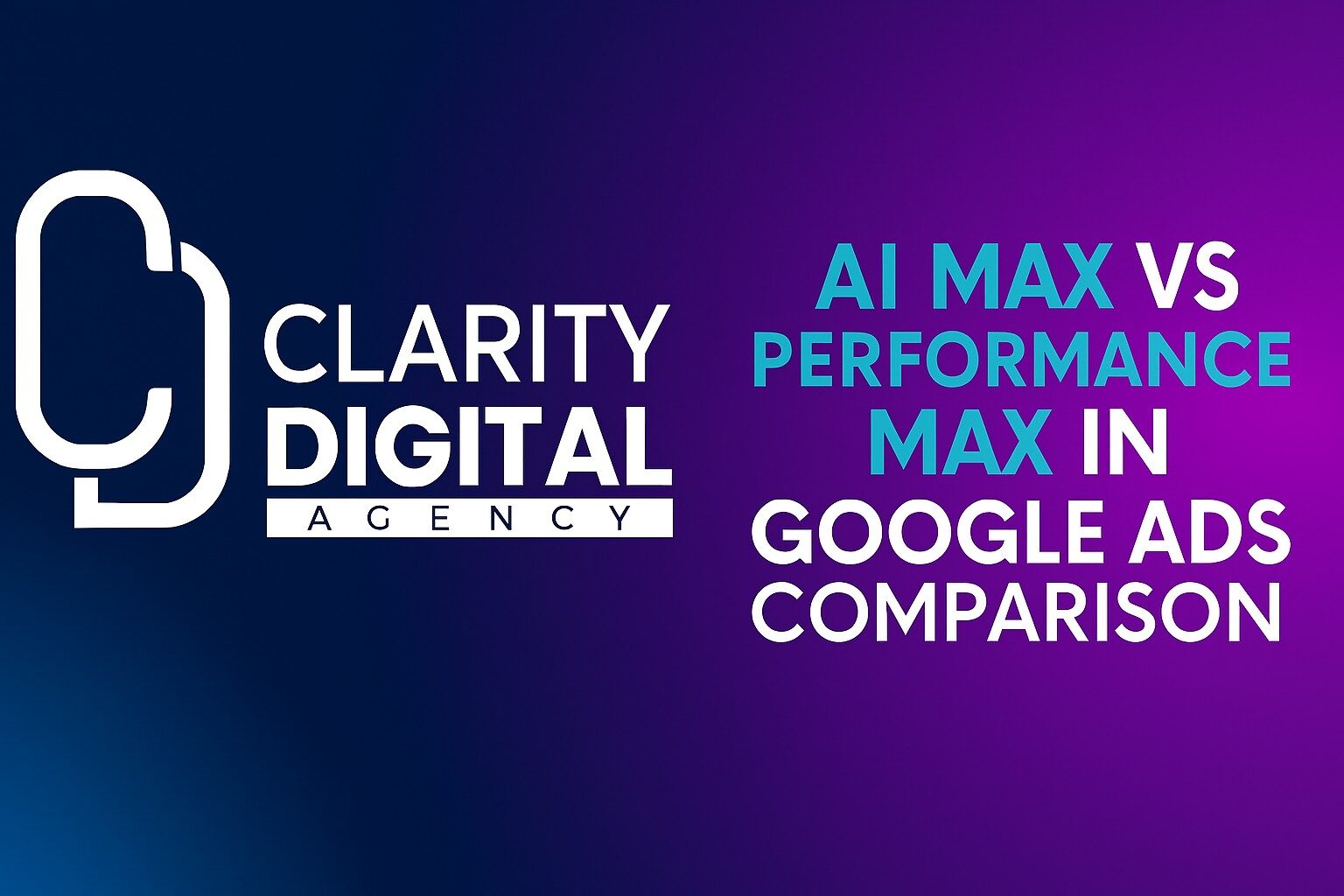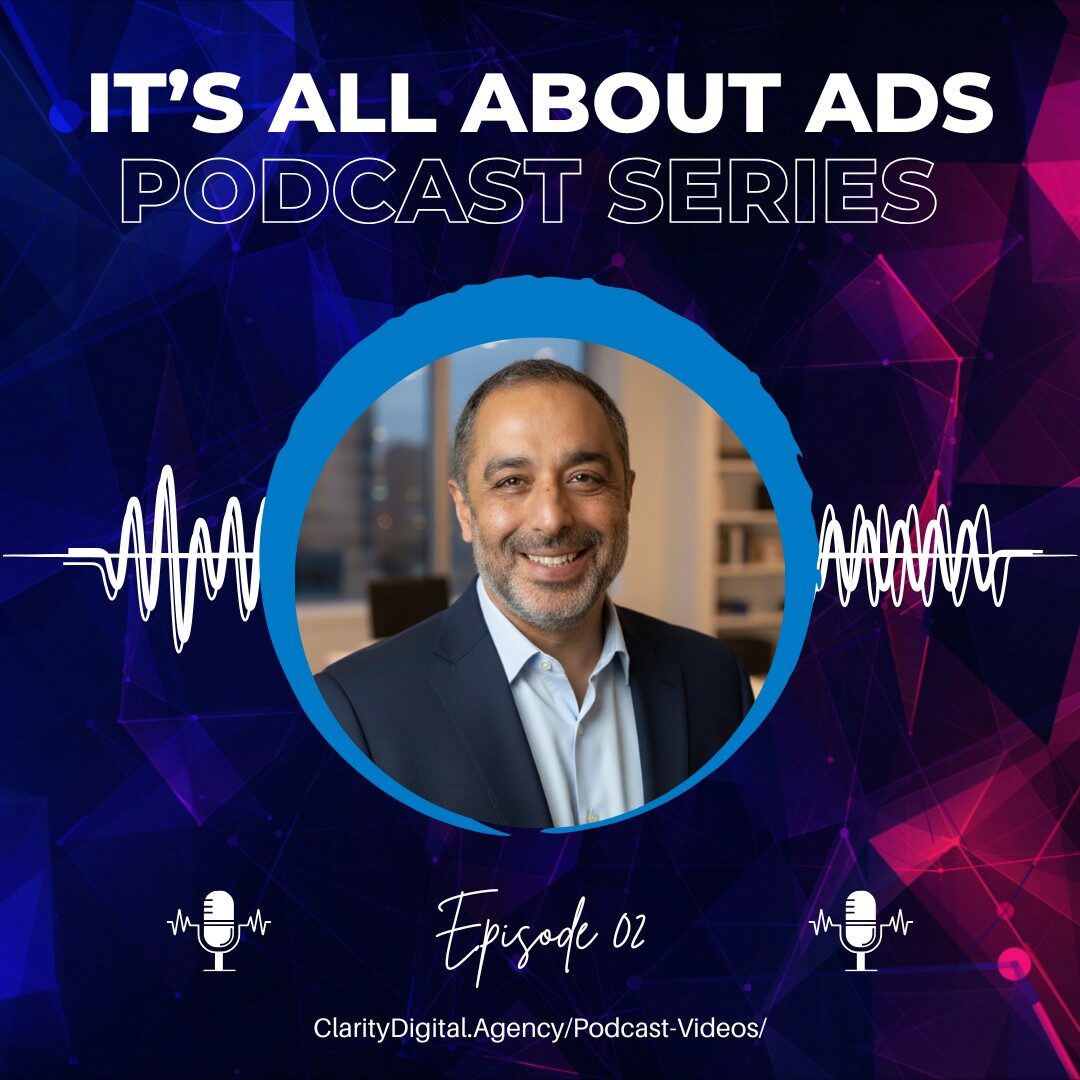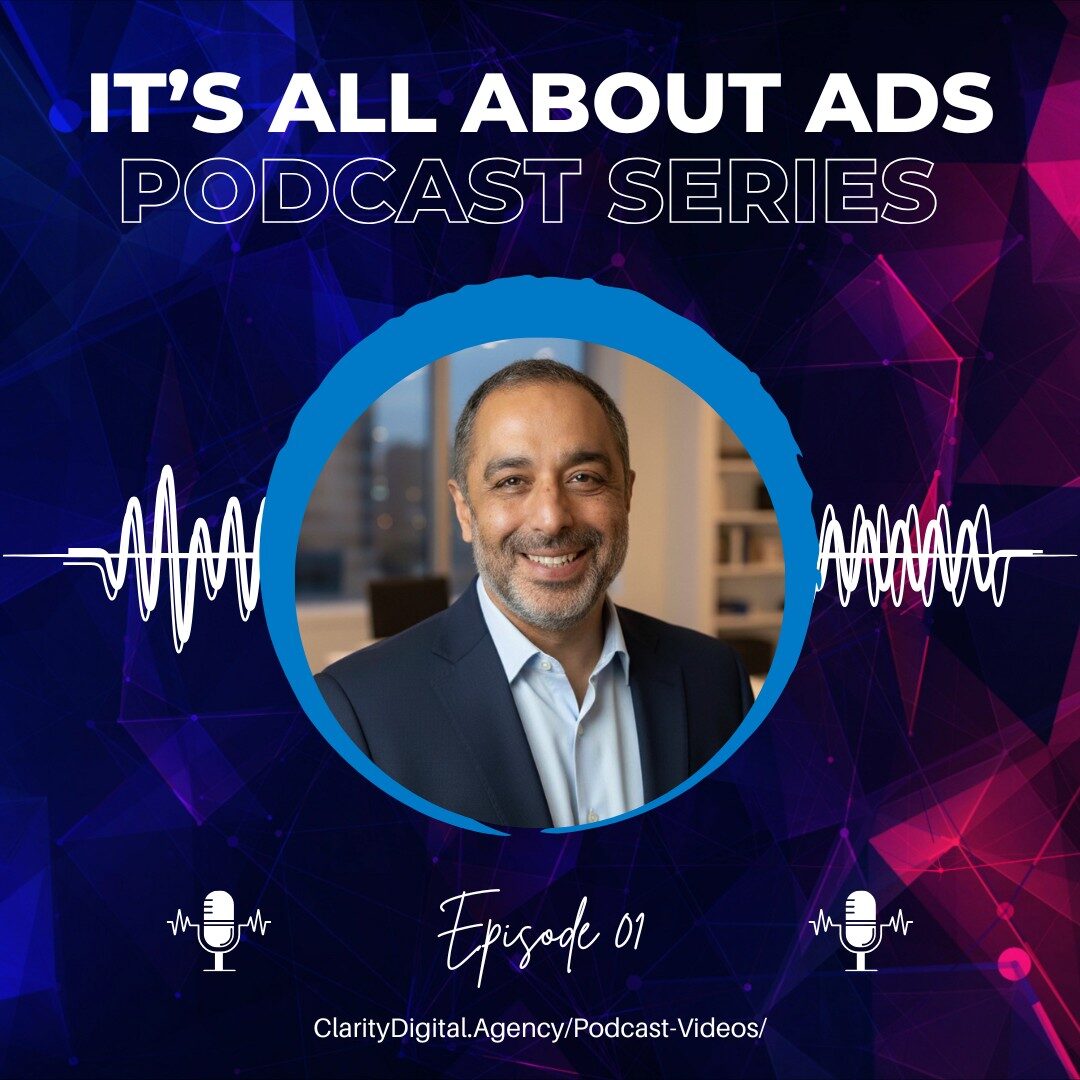The Google Ads landscape is evolving again—this time, thanks to the rise of hyper-advanced AI tools. If you’re running paid search in 2025, you’ve likely noticed two buzzworthy campaign types popping up in every serious conversation: AI Max and Performance Max.
Marketers (and even Google’s own support teams) are debating: “Which is right for me?” As someone who’s spent two decades helping brands of all sizes maximize every cent in their SEM budgets, let me give you the lowdown—cutting through the hype and getting to the real, strategic pros and cons.
Let’s Start With What’s Similar
First, both platforms are powered by Google’s latest AI breakthroughs. Whether you’re running AI Max or Performance Max, you’re leveraging:
- Dynamic Asset Creation: Google AI builds your headlines, descriptions, and more—with increasingly stunning accuracy—directly from your inputs, landing pages, and past performance.
- Smart Bidding & Conversion Optimization: Both use machine learning to bid smarter, adapt in real time, and squeeze more value from your budget.
- Advanced Audience & Intent Targeting: These campaigns harness new data signals that go well beyond keywords—think user behavior, local context, and even purchase intent trends you can’t see yourself.
But let’s be clear, just because the AI is great doesn’t mean the platforms are interchangeable. The devil, as always, is in the details.
Performance Max: All In, All Channels, All-AI
When Google introduced Performance Max, it wasn’t just a “new campaign type”—it was a vision of the future. The idea: hand Google all your creative assets, tell it your goal (leads, e-commerce sales, or omnichannel visibility), then let the algorithms go to work across Search, Display, YouTube, Discovery, Gmail, and yes, even Google Maps.
What You Get with Performance Max:
- Unbeatable Reach: One campaign = every Google channel.
- Maximum Automation: Bid strategies, audience expansion, and creative assembly—all handled for you.
- Broad Audience Signals: Performance Max uses everything it knows about your ideal customer to automate targeting and ad placements.
What You Lose with Performance Max:
- Keyword Control: There’s no such thing as “exact match” here. In fact, there’s no manual keyword targeting at all.
- Granular Transparency: See which headline performed best in YouTube Shorts? Or which query triggered your local ad? Not really. Reporting is asset- and channel-level, not query-level.
- Detailed Exclusions: Want to fine-tune exactly where and how your ads appear? Options are far more limited compared to classic Search.
Who Should Use Performance Max:
Brands looking to “set and forget,” scale fast, and let automation do the heavy lifting—especially if you want multichannel impact and are comfortable with a bit of black-box magic. Think retail, local services scaling up, or when you need to maximize conversions above all else.
AI Max: The Search Marketer’s Power Tool
In contrast, AI Max is built for those who want to embrace AI—but without sacrificing the precision and transparency that make Search so powerful. This campaign type is laser-focused on Search itself: think of it as the next evolution of traditional Search campaigns, turbocharged by Google’s LLMs and generative AI.
What You Get:
- Search-Only Focus: Stay in the channel that still drives the majority of high-purchase-intent traffic.
- Advanced Keyword Management: While AI Max uses “broad match” and can target queries beyond your keyword list, you can still deploy your own keywords, negatives, and even brand exclusions. Perfect if you’re obsessive (like me) about controlling your funnel.
- Detailed Reporting: Want to know exactly which search queries triggered your ad, which AI-generated headline won, or which landing page performed best? AI Max surfaces all that data.
- URL Customization: Unique to AI Max, “Final URL Expansion” means Google can serve the most contextually relevant landing page, even if it’s not specified in your ad. But you can also set rules about which URLs can (or can’t) be used.
What You Lose:
- Channel Breadth: You’re not getting those YouTube or Display impressions. But for many brands, especially those with tight budgets or focused goals, search intent matters more than reach.
- Some Audience Expansion: While AI Max goes beyond exact match, it doesn’t have the all-encompassing audience network that Performance Max brings.
Who Should Use It:
Savvy search marketers, local businesses, and enterprise brands who want to capture all the untapped demand in Search—while keeping campaign structure and data transparency in their own hands. If you’re investing big in Google Ads and demand clarity, control, and performance, AI Max is calling your name.
Feature-by-Feature Comparison Table
| Comparison | AI Max | Performance Max |
|---|---|---|
| Channel Reach | Search Network only | Search, Display, YouTube, Discovery, Gmail, Maps, etc |
| Keyword Targeting | Manual + AI expansion (broad match/etc) | None; driven by audience & intent signals |
| Control Level | High (keywords, negatives, assets, URLs) | Low (mostly automated, limited exclusions) |
| Transparency | Query-level, asset-level, URL-level | Channel/asset-level only |
| Creative | Search-specific dynamic assets | Cross-channel, audience-driven assets |
| Best For | Search pros, control-focused advertisers | Scale-first, automation-first brands |
Al’s Take: When and Why To Use Each
Performance Max is revolutionizing “set it and forget it” digital advertising. If your objective is conversions and you’re playing a volume game—or you’re an ecommerce brand with big creative assets, it’s hard to beat for sheer reach.
But if you’re serious about squeezing every drop out of your Google Search spend, and you want to know exactly how and why a dollar got spent, AI Max gives you the hybrid blend of AI power and human oversight. It’s especially killer for high-consideration local services (think law, healthcare, B2B), or enterprise SEM where accountability and clear reporting drive business decisions.
Pro tip: For many brands, the real win is to test both—use AI Max to own your search funnel with precision, and layer in Performance Max for amplifying reach and learning where Google’s automation can unlock new customer audiences.
Final Thoughts on AI Max vs. Performance Max
AI-first automation isn’t the future of Google Ads—it’s the present. But as with all great power tools, the way you wield them makes all the difference. AI Max and Performance Max both have a place in the modern SEM strategy. The smart brands are the ones who master both—and know when it’s time to double down on control, or let automation take the wheel.
Want to see how I deploy these campaign types in the wild for local and enterprise clients in Orange County, LA, or beyond?
Reach out for a strategy session—let’s take your paid search into the future, today.





